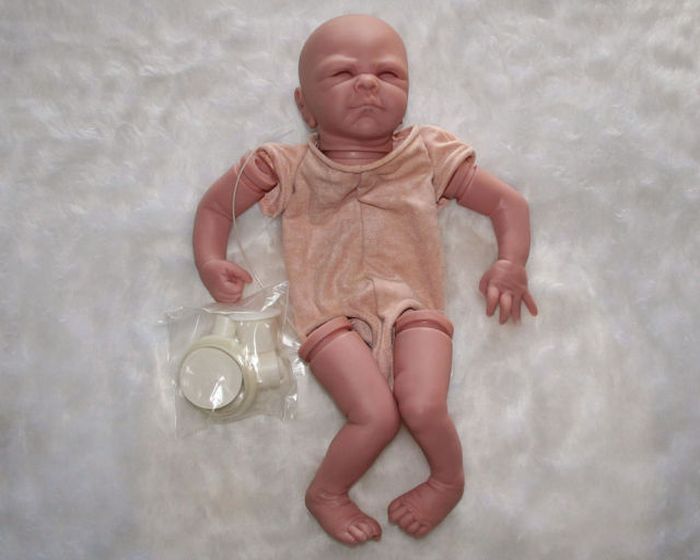|
|
Realistic Reborn Baby Doll
|
Paper dolls are cut out of paper, with separate clothes that are usually held onto the dolls by folding tabs. They often reflect contemporary styles, and 19th century ballerina paper dolls were among the earliest celebrity dolls. The 1930s Shirley Temple doll sold millions and were one of the most successful celebrity dolls. Small celluloid Kewpie dolls, based on illustrations by Rose O'Neill, were popular in the early 20th century. Madame Alexander created the first collectible doll based on a licensed character – Scarlett O'Hara from Gone with the Wind.
Contemporary dollhouses have their roots in European baby house display cases from the 17th century. Early dollhouses were all handmade, but following the Industrial Revolution and World War II, they were increasingly mass produced and became more affordable. Children's dollhouses have during the 20th century been made of tin litho, plastic, and wood. Contemporary houses for adult collectors are typically made of wood.
The earliest modern stuffed toys were made in 1880. They differ from earlier rag dolls in that they are made of plush furlike fabric and commonly portray animals rather than humans. Teddy bears first appeared in 1902-1903.
Black dolls have been designed to resemble dark-skinned persons varying from stereotypical to more accurate portrayals. Rag dolls made by American slaves served as playthings for slave children. Golliwogg was a children's book rag doll character in the late 19th century which was widely reproduced as a toy. The doll has very black skin, eyes rimmed in white, clown lips, and frizzy hair, and has been described as an anti-black caricature. Early mass-produced black dolls were typically dark versions of their white counterparts. The earliest American black dolls with realistic African facial features were made in the 1960s.
|
|









